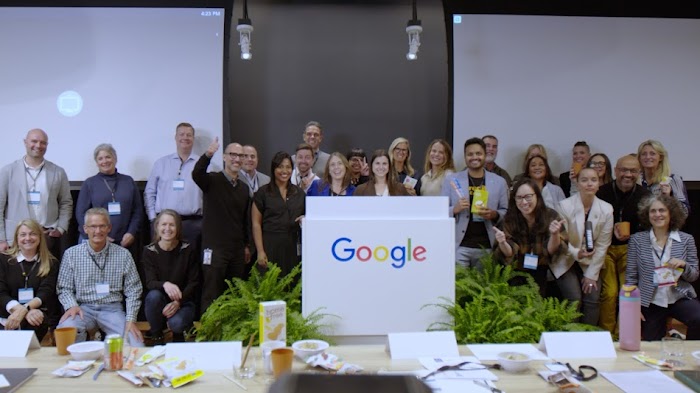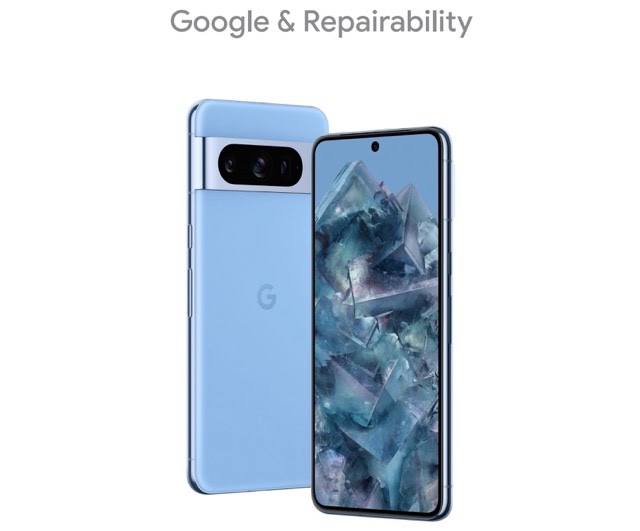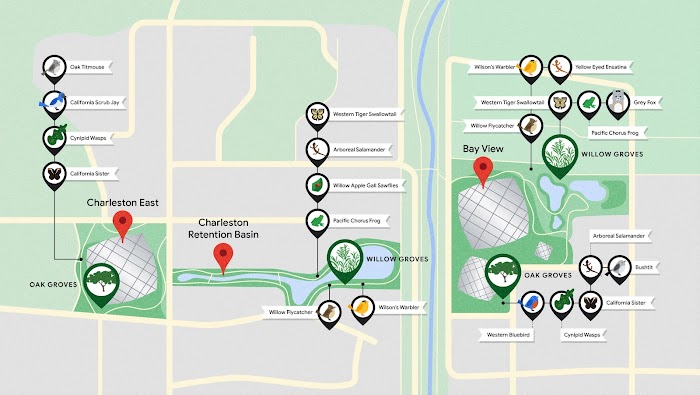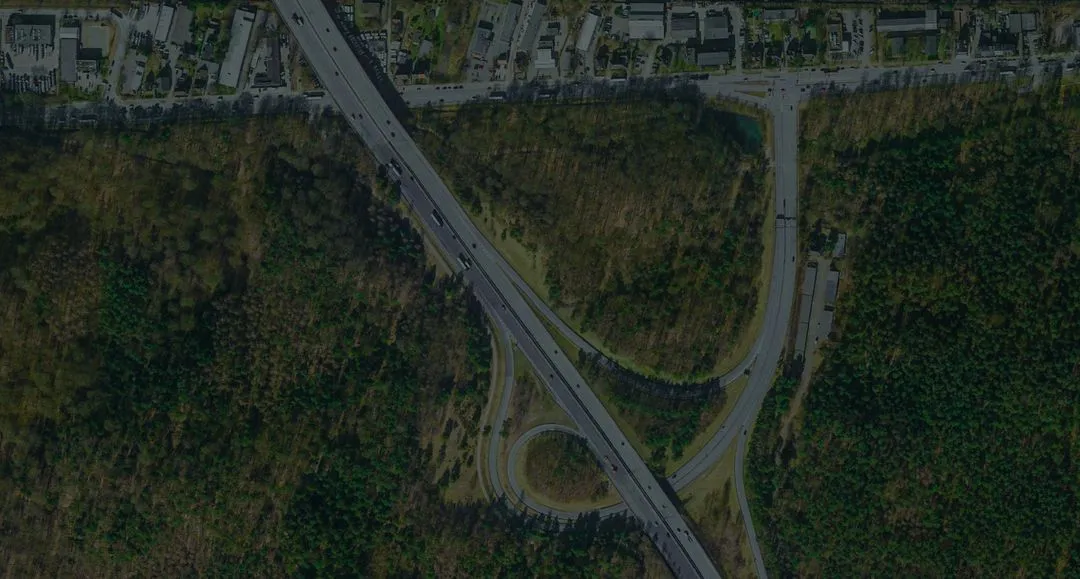
©2023 Aerodata International Surveys, Maxar Technologies
©2023 GeoBasis-DE/BKG, GeoContent, Maxar Technologies
©2023 Maxar Technologies, USDA Farm Service Agency
Helping lead the transition to a more sustainable future through information and innovation.
At Google we have a unique opportunity to empower individuals, organizations, and governments with the data and resources they need to drive positive action for our planet.
From features like fuel-efficient routing in Google Maps to sustainability insights surfaced in Search, we're integrating tools for positive impact into everyday experiences for our users.
We’re also committed to harnessing the potential of AI to advance climate solutions, and to working together with policymakers, industry leaders, and civil society to positively reshape systems at scale. We continue to explore transformational AI-powered solutions to advance climate progress like Green Light, an AI tool for optimizing traffic signals to reduce traffic emissions, and Flood Hub, which identifies when a riverine flood will occur up to seven days in advance.
We know that as AI becomes more capable, demands on energy and other resources will increase. We’re working to manage this impact by deploying three major strategies: model optimization, efficient infrastructure, and our 2030 goal of net-zero emissions.7
As part of our net-zero goal, we aim to run our data centers and office campuses on 24/7 carbon-free energy;8 replenish more water than we consume across all of our operations and value chain by 2030; maximize the reuse of finite resources; and restore and enhance nature and biodiversity through our campuses and technology.
We’ve set ambitious goals, and progress won’t be easy. While the path ahead remains challenging, we’re committed to making progress against these goals, sharing insights, and driving innovation forward.
Every action counts
If we work together, there's no limit to what we can do to help individuals, communities, and businesses mitigate and adapt to climate change.

Discover ways to take action
See how our products can help you make more sustainable choices.
Learn more Learn more
Support your organization
Get the information you need to make thoughtful decisions around reducing your organization's emissions and achieving your sustainability goals.
Learn more Learn more
See what we’re doing
Learn how we’re driving innovation in climate and clean energy through our own operations.
Learn more Learn moreWorking together towards 1 GT
Through our products, we aim to help individuals, cities, and other partners collectively reduce 1 gigaton of their carbon equivalent emissions annually by 2030.






Environmental Insights Explorer
Build a resilient, sustainable future for your city or region
Learn moreCreating sustainable impact at scale
Creating sustainable impact at scale
See how we're sharing the innovations we create and the lessons we learn to help accelerate the global transition to a carbon-free future.
2 Google uses an AI prediction model to estimate the expected fuel or energy consumption for each route option when users request driving directions. We identify the route that we predict will consume the least amount of fuel or energy. If this route is not already the fastest one and it offers meaningful energy and fuel savings with only a small increase in driving time, we recommend it to the user. To calculate enabled emissions reductions, we tally the fuel usage from the chosen fuel-efficient routes and subtract it from the predicted fuel consumption that would have occurred on the fastest route without fuel-efficient routing and apply adjustments for factors such as: CO2e factors, fleet mix factors, well-to-wheels factors, and powertrain mismatch factors. We then input the estimated prevented emissions into the EPA’s Greenhouse Gas Equivalencies Calculator to calculate equivalent cars off the road for a year. The cumulative figure covers estimated emissions prevented after fuel-efficient routing was launched, from October 2021 through December 2023, while the annual figure covers estimated emissions prevented from January 2023 through December 2023. Enabled emissions reductions estimates include inherent uncertainty due to factors that include the lack of primary data and precise information about real-world actions and their effects. These factors contribute to a range of possible outcomes, within which we report a central value.
7 We aim to reduce 50% of our combined absolute Scope 1, 2 (market-based), and 3 absolute greenhouse gas emissions when compared to a 2019 base year, and plan to invest in nature-based and technology-based carbon removal solutions to neutralize our remaining emissions.
Report
24/7 by 2030: Realizing a Carbon-free Future
In 2020, we set an ambitious new goal: to operate on carbon-free energy, 24 hours a day, 7 days a week, 365 days a year—all by 2030. This whitepaper explains the science behind our 24/7 carbon-free energy goal and how we hope to achieve it.
September 2020
Report
Google Water Stewardship: Accelerating positive change at Google, and beyond
This paper describes our water stewardship work to date and our ambitions for the future—both at Google and beyond. We’re focusing on three areas: enhancing our stewardship of water resources across Google office campuses and data centers; replenishing our water use and improving watershed health and ecosystems in water-stressed communities; and sharing technology and tools that help everyone predict, prevent and recover from water stress.
September 2021
Report
The Corporate Role in Accelerating Advanced Clean Electricity Technologies
This paper discusses the importance of advanced clean electricity technologies to creating secure, reliable, carbon-free electricity systems, and argues that companies can play a catalytic role by directing some of their clean energy purchases and investments to support the commercialization of these technologies.
September 2023
Report
Google & Repairability
This white paper outlines Google's viewpoint on Right to Repair legislation, a short description of Google's current repair capacities, and how R2R can advance Google's overall sustainability efforts.
January 2024


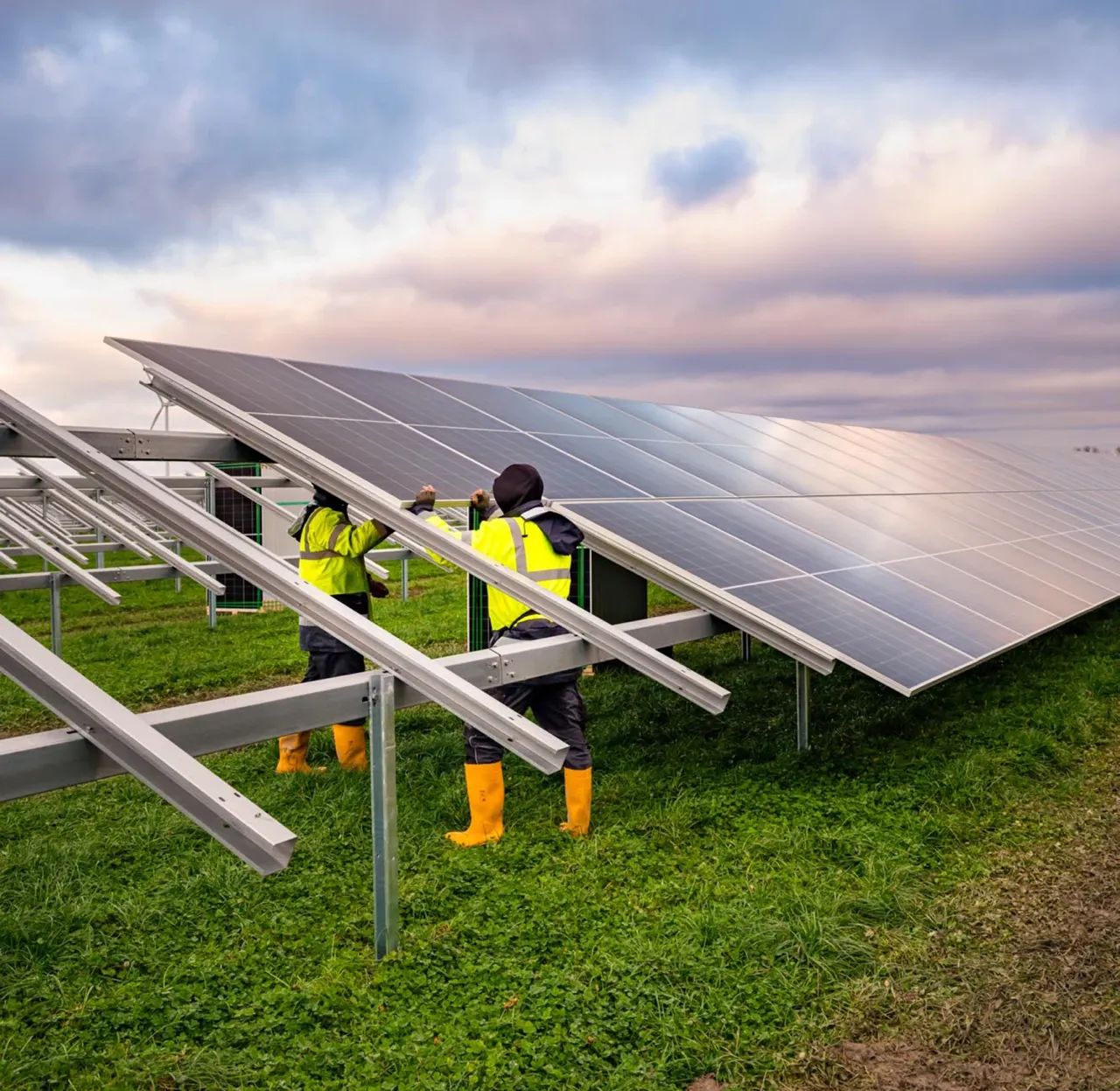

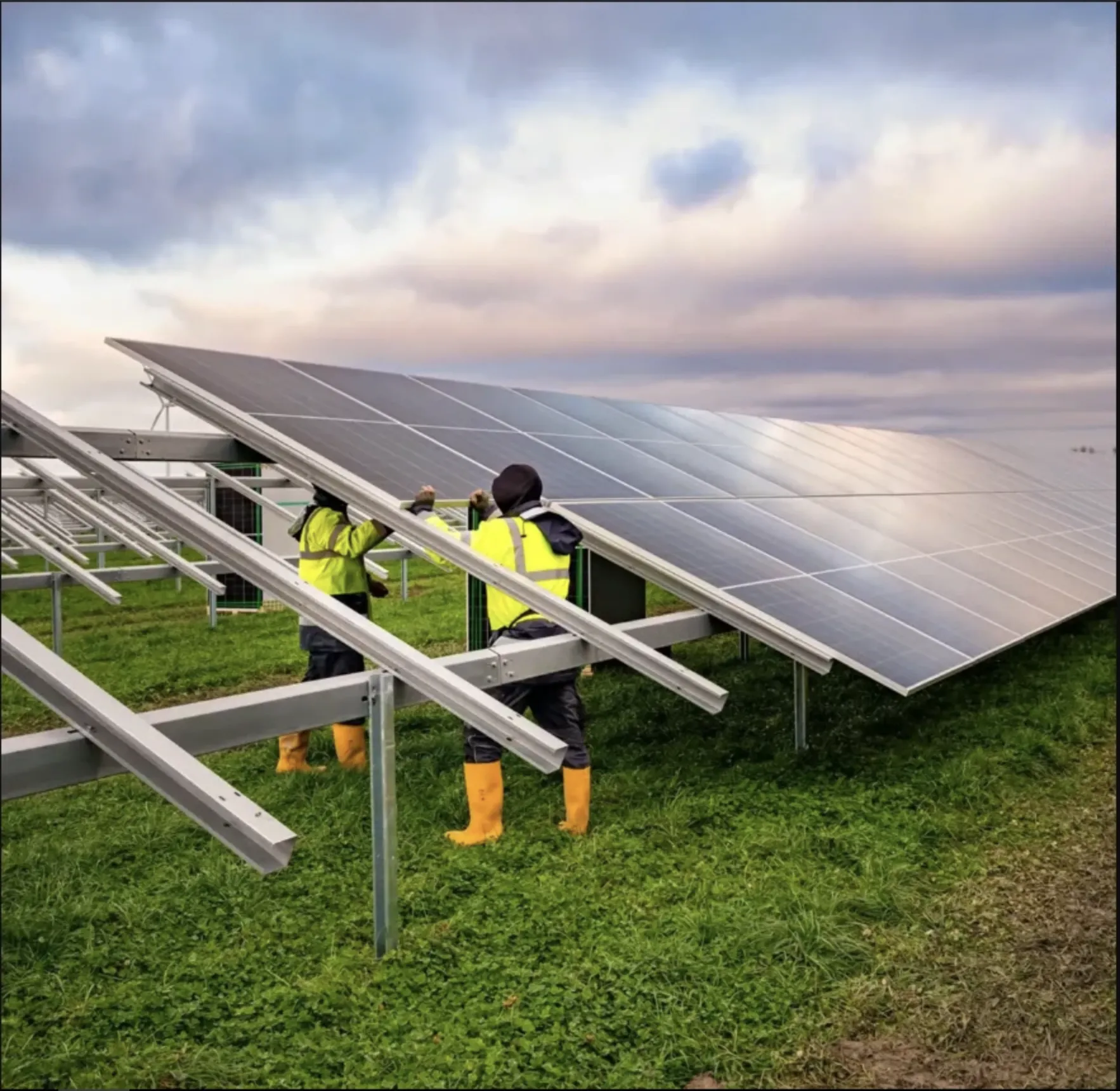
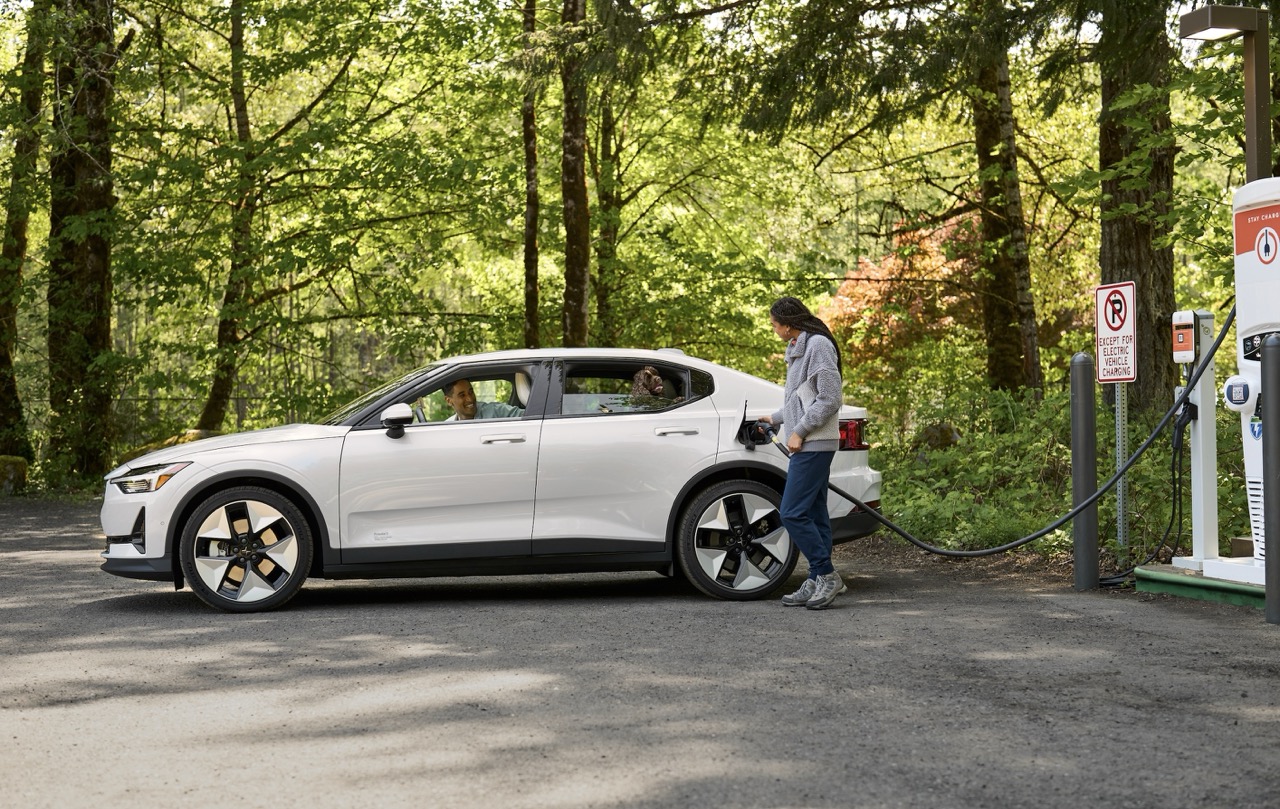

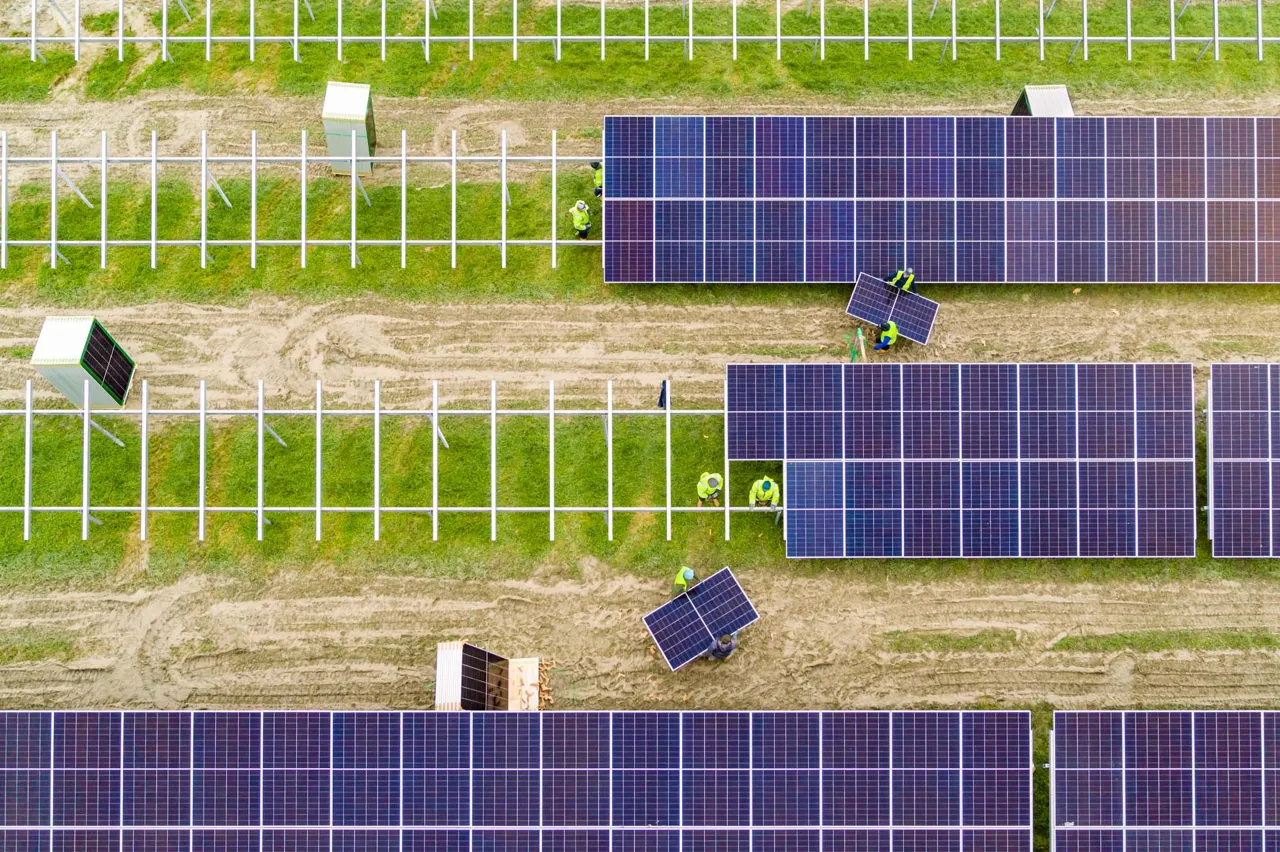

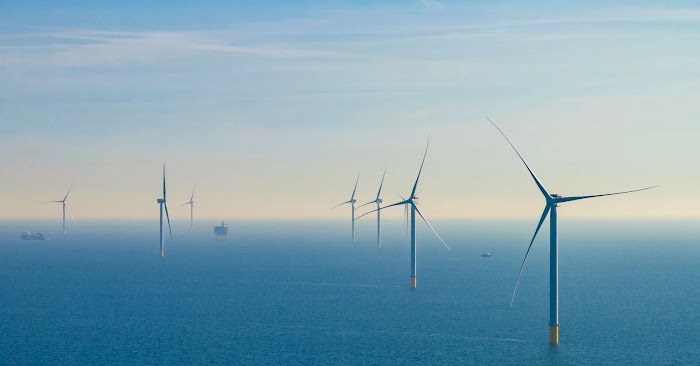
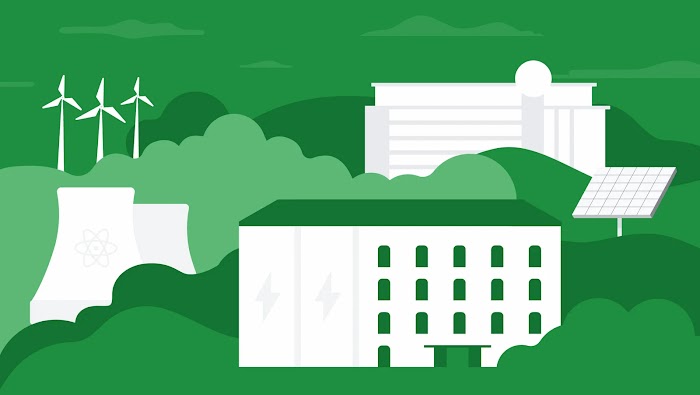
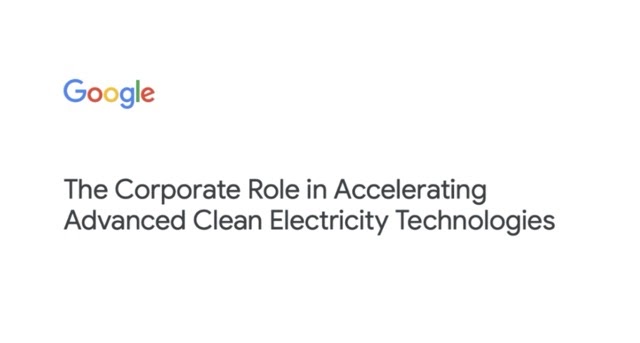

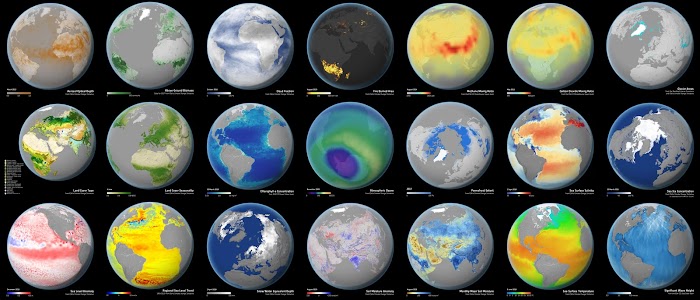
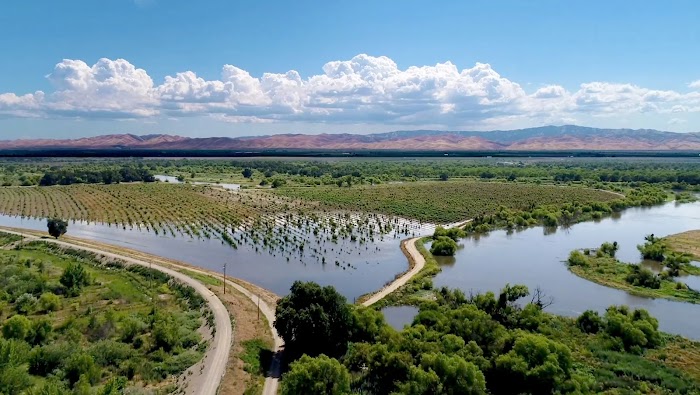
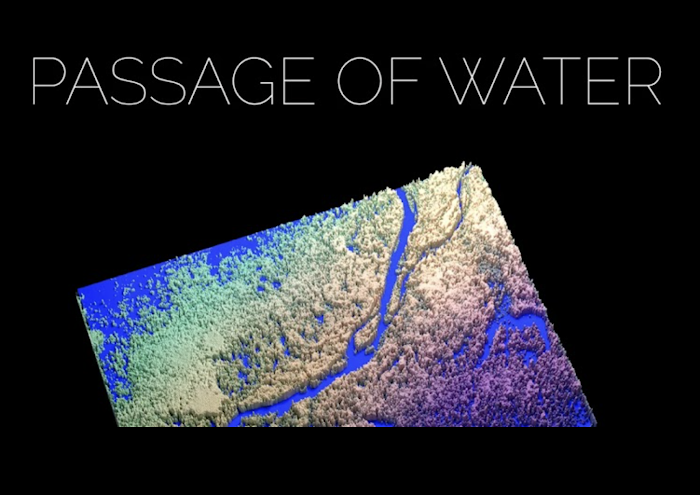
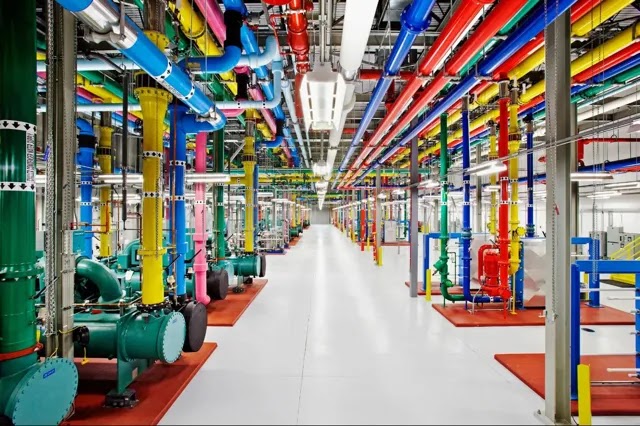


![[home-page]_image2_xYhzegw.webp](https://www.gstatic.com/marketing-cms/assets/images/a6/75/2c121790406784c2897521883be5/recykal-google-sustainability-image-900x506-pix-02.webp=w700)
